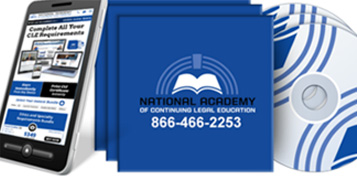About This Course
Words and language are the principal tools of the legal profession, critical to making, interpreting and enforcing laws and to the protection of rights under those laws. Errors, ambiguities and other forms of imprecision threaten the ability of attorneys to fulfill their duties to clients, other attorneys, the courts and society.
Moreover, Rule 1.4 of the Rules of Professional Conduct mandates that lawyers communicate with care, accuracy and full disclosure to clients, which necessarily invokes first-time precision in written communications. Rules 3.3 (Candor to the Tribunal) and 3.4 (Fairness to Opposing Party & Counsel) are also ethical considerations to be fulfilled by use of the written word.
This CLE program will provide concrete and tested methods, guidelines and procedural measures for promoting accurate communications free of errors, ambiguities and other forms of imprecision in memorialized media. For example, based on Reading Law: The Interpretation of Legal Texts by Justice Scalia and Professor Byran Garner, the Rules of Construction are recounted in detail.
Those are followed with concrete points of recommendation for improving legal and non-legal writing, including importantly email and text communications. While some of these points may seem painfully obvious, experience shows that overlooking the obvious can also have the most painful results.
Particular attention is paid to twenty (20) defined errors common to writing contingencies and conditions. Examples for each further illuminate most of the principles and recommendations included in the general discussion for achieving precision. A checklist for future use in avoiding such problems is included as part of the Seminar materials.
*This course qualifies as a Transitional course but can only be taken by Newly Admitted attorneys in NY that have a special exemption from the requirement that skills and ethics credits be taken in an approved live format. This course can be taken by all Experienced NY attorneys.






